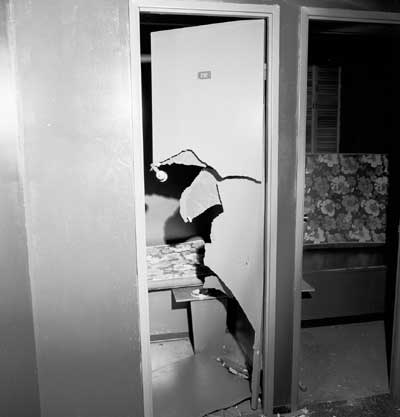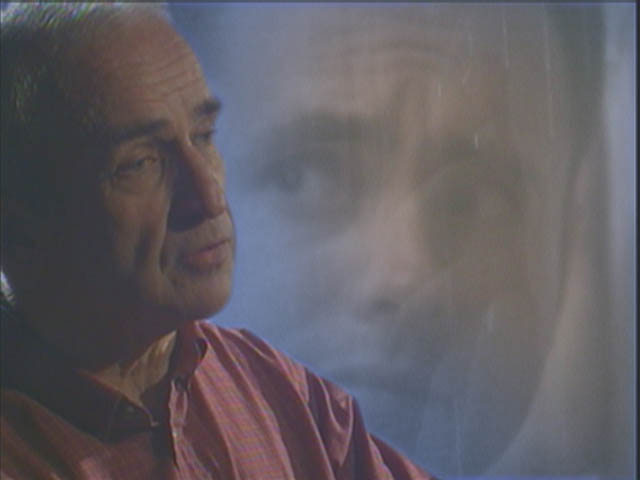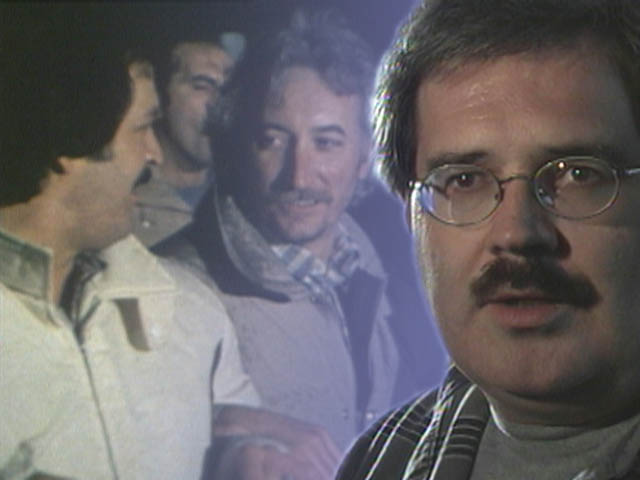|
As the gay liberation movement and the campaign for human and civil rights gathered momentum and support there was a growing backlash. Opposition to gay rights came from organized religious groups, in particular Renaissance International in Canada, as well as from the police. A series of police raids took place on gay establishments: the Body Politic magazine, gay bars and bathhouses in Ottawa and Montreal - culminating in the bath raids in Toronto. On February 5th, 1981, a massive police raid was carried out on four gay bathhouses in Toronto. Operation Soap, the Metro Police codename for the raid, resulted in the largest mass arrest in Canada since the FLQ crisis. Two hundred and sixty eight men were arrested and charged as found-ins and nineteen others were charged as keepers of a common bawdy house. Beginning at 11 p.m., more than 150 police simultaneously raided the Club Baths, the Romans II Health and Recreation Spa, the Richmond Street Health Emporium and, for the second time, the Barracks. Photos taken by Robert Norman Hatton the day after the raid are a chilling record of police destruction of the Richmond Health Emporium, so heavily damaged it never reopened. 
photo credit: Robert Norman Hatton In the section of Stand Together entitled Operation Soap, Peter Bochove, former owner of the Richmond Street Health Emporium and Duncan McLaren who was arrested and charged as a found-in at the Barracks recount their memories of the night of the raid. GAY RAGE The raids unleashed an angry response from the gay and lesbian community as well as widespread condemnation from organizations and individuals that condemned the raids and called fro a review of police action. The following night, on February 6th, over three thousand peopl gathered in downtown streets in an angry late-night protest against the raids (see February 6th 1981 gay rage photos by Elinor Mahoney and Jake Peters). Over 1400 people joined the Right to Privacy Committee at a meeting at Jarvis Street Collegiate to set up a defense campaign for those charged in the raids and to organize a second demonstration. On February 20th, 1981, the second demonstration against the raid was held (See video clip GAY RAGE). Over four thousand rallied at Toronto's Queen's Park and marched to Metro Toronto Police's 52 Division to protest the bathhouse raids and to call for an independent inquiry. Some thirty-five undercover police attempted to take over the front banner of the march. Their presence is later revealed and exposed to the press. Speakers included Lemona Johnson, wife of Albert Johnson, a black man who was killed by police, Brent Hawkes, senior pastor of Metro Community Church and Wally Majeski, then head of Metro Toronto Labour Council. There were renewed calls for the inclusion of human rights protection for gays and lesbians. The Coalition for Gay Rights in Ontario produced a pamphlet entitled "Who are These People and What Do They Want?" (February 1982). 10,000 copies sold in its first year (see pages from the pamphlet here). Ackowledgement |

